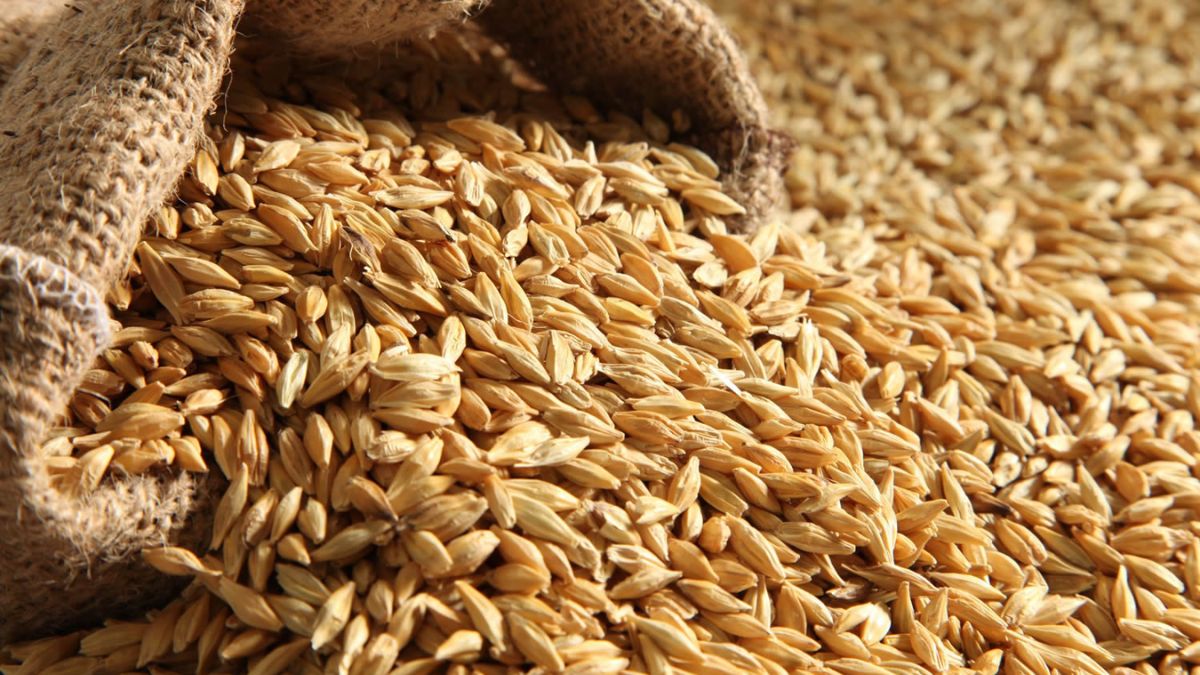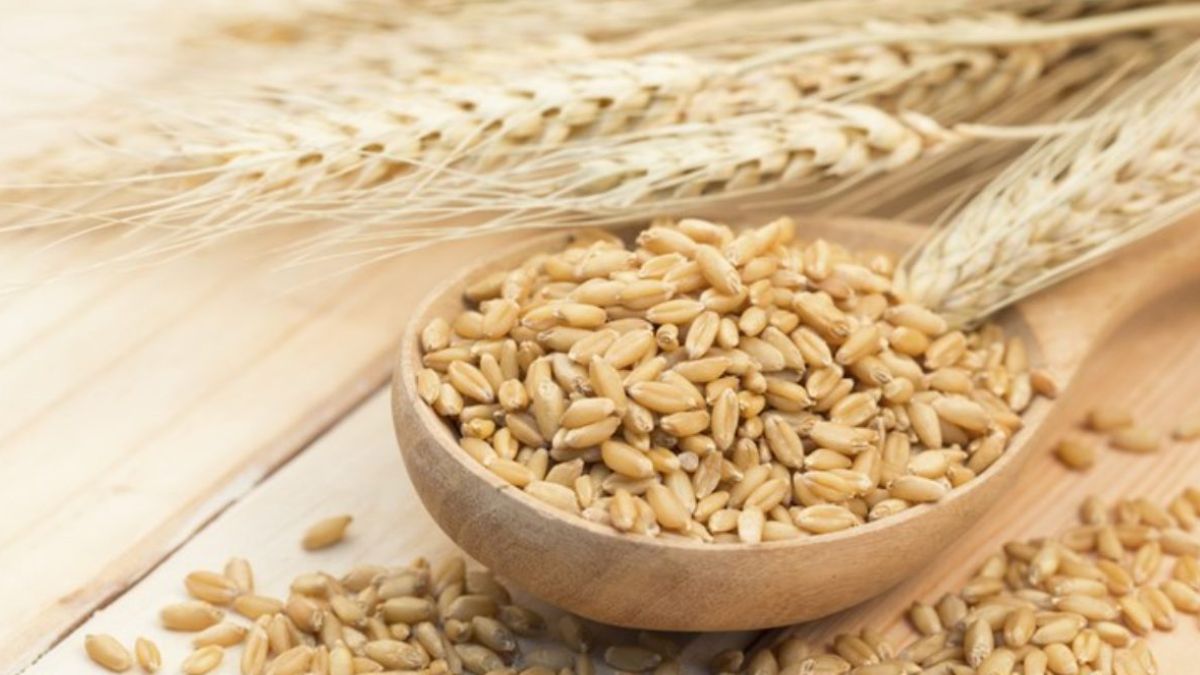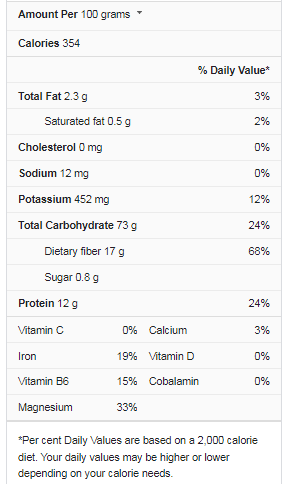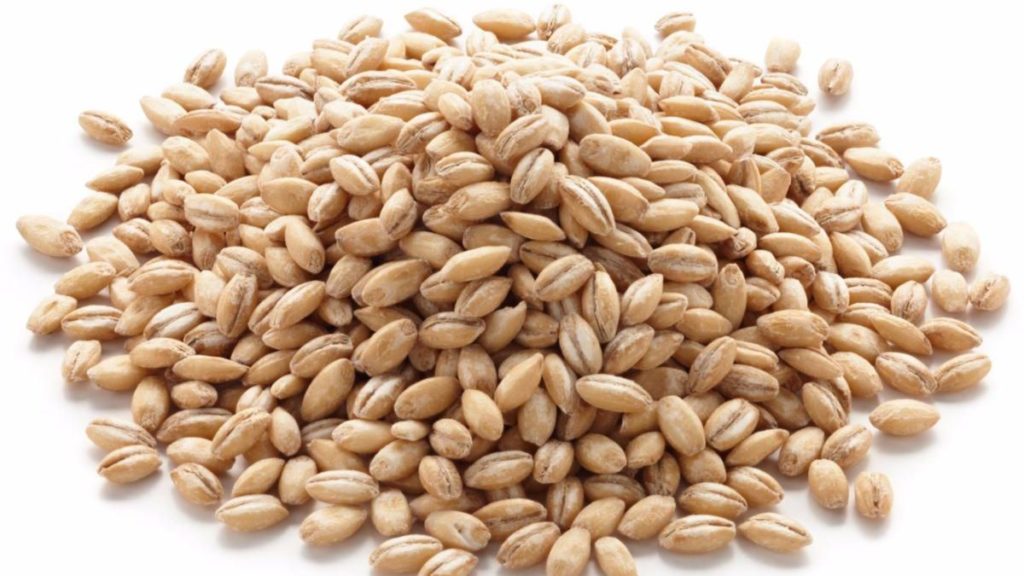Britannica says barley is a “cereal plant of Poaceae grass family and its edible grain.” Its scientific name is Hordeum vulgare. But barley is not like other grains, and it is “the fourth largest grain crop globally,” after wheat, rice, and corn. Barley is called an “ancient grain” for a good reason: it has been grown since 5000 BCE.
Even though it has been around for a long time and is used worldwide, barely is often not given enough credit in the United States. According to World Mapper, this isn’t too surprising since the United States is only the 10th country that grows barley. Russia, Germany, France, Ukraine, and Australia are more familiar with the grain.
Barley Nutrition Facts
What is Barely Used for?
Barley is a type of cereal grass like wheat. Barley has been grown worldwide for thousands of years because it can grow in many different climates. Huffington Post says that barley is just as good as trendy grains like quinoa and freekeh when it comes to being called a “superfood.”
Barley is full of healthy nutrients like protein and fiber, and it’s easy to find in stores and doesn’t cost much. It tastes great and has a nice texture, but it can also be used as a base for recipes like rice. MasterClass says that barley can be used in many other ways when cooking. The grain is used to make bread, stews, and sweeteners, and it can also be malted to make beer and whiskey.
In past centuries (and even millennia), barley was the main crop for many civilizations, both for people and animals to eat. Britannica says that even though barley tastes great, has a lot of protein, and is good for your health, and it is mostly grown today for two reasons: to feed animals and make alcoholic drinks, mostly beer and whiskey.
In the second case, distiller.com says it is sometimes called “malted grain. Barley is another ingredient that is used in many foods. Barley is often used in soups, stews, salads, and wraps in its most basic form, boiled in water like rice or pasta. It can also be eaten by itself, like rice, couscous, or another staple grain. When barley is turned into barley flour, it can also be used to make bread and other baked goods.
How Long does Barely Last?
Barley is a grain that keeps well, so it’s good to keep in your pantry. From what Unlock Food says, “Barley that hasn’t been cooked should be kept in an airtight container, and it will last up to a year in a cool, dry place like a pantry.” This can be the box that the barley came in when you bought it, or it can be a jar or other sealed container. Once the barley is cooked, it is less stable in how quickly it goes well.
Cooked barley should also be kept in a container that keeps air out, and it can be kept in the fridge for four or five days without going bad. It can also be frozen for about a month, either by itself or as part of a soup, stew, or another dish you want to save later. Even though it’s not as common in America, barley is worth trying because it can be used in many ways and is good for your health.
Some Potential Health Benefits
Eating barley may have other health benefits as well.
1. May Aid Weight Loss
Since the body can’t break down fiber, eating foods high in fiber gives you more volume without adding more calories. Because of this, foods high in fiber can help people who want to lose weight. A review of 10 studies on whole grains showed that while barley, rye, and oats made people feel fuller after eating, whole-grain wheat and corn did not. In two studies, people who ate barley for breakfast were less hungry at lunch and ate less at later meals than those who ate rice or whole wheat.
In another study, rats given a type of barley that was especially high in beta-glucan fiber ate 19% less than rats given a type of barley that had less beta-glucan. Also, the animals that ate the barley with more beta-glucan lost weight. Barley may affect hunger and fullness by lowering the amount of ghrelin in the body. Ghrelin is a hormone that makes you feel hungry.
2. May Help Lower Cholesterol
Several studies have found that eating barley might be good for your cholesterol.
It has been shown that a diet high in soluble fiber, which barley has, lowers total cholesterol and “bad” LDL cholesterol by 5–10%.
In a five-week study of 18 men with high cholesterol, eating a diet with 20% of calories from barley lowered total cholesterol by 20%, lowered “bad” LDL cholesterol by 24%, and raised “good” HDL cholesterol by 18%. In another study, 44 men with high cholesterol who ate a mix of rice and pearled barley had lower “bad” LDL cholesterol and less belly fat than a control group who ate only rice.
3. May Benefit Blood Sugar Control
Barley might help lower insulin and blood sugar levels, making you less likely to get diabetes.
Whole-grain barley is a good source of fiber, including the soluble fiber beta-glucan, which slows the absorption of sugar by binding to it in your digestive tract. In one study, when ten overweight women ate either oats or barley with glucose, their blood sugar and insulin levels decreased. But barley was much more effective, and it cut levels by 59–65%, while oats only cut them by 29–36%.
In another study of 10 healthy men, those who ate barley for dinner had 30% better insulin sensitivity the next morning than those who ate refined wheat bread for dinner. A review of 232 scientific studies also found that eating whole-grain breakfast cereals, like those with barley, lowers diabetes.
In a study of 17 obese women with a higher risk of insulin resistance, a breakfast cereal with 10 grams of beta-glucan from barley was lower blood sugar levels after a meal much more than other cereals. Barley also has a low glycemic index (GI), which is a way to measure how quickly a food raises blood sugar. Barley has the worst score of all grains, 28.
4. May Improve Digestion
One-half cup (100 grams) of uncooked hulled barley has 17.3 grams of fiber, 69 percent of the recommended daily intake for women and 46 percent for men.
Dietary fiber makes your stool bigger, making it easier to move through your digestive tract. Barley might be able to help with constipation. In a study of 16 people with chronic constipation, taking 9 grams of a sprouted barley supplement every day for ten days, then double the dose for another ten days, both the number and size of bowel movements improved.
Barley has also been shown to help people with ulcerative colitis, an inflammatory bowel disease, feel better. In a study that lasted six months, 21 people with moderate ulcerative colitis felt better when they took 20–30 grams of sprouted barley. Barley might also help good bacteria grow in your digestive system. The beta-glucan fiber in barley may help feed good bacteria in the gut, making them more active as probiotics. In a four-week study with 28 healthy people, 60 grams of barley a day increased a good type of bacteria in the gut that may help reduce inflammation and improve blood sugar balance.
Can you Substitute Hulled Barley for Pearled?
Both pearled and hulled barley have a nutty flavor and a chewy texture, and they are both delicious in so many recipes. Hulled barley is a whole grain because the bran is still there. The Whole Grain Council says that you should choose hulled barley if you want the most nutrition out of your barley. But they say that pearled barley is still a very healthy grain, especially compared to other grains that have been heavily processed. Some pearled barley still has some bran because the grains were only lightly pearled. According to the Whole Grain Council, even barley with many pearls still has a lot of fiber.
You can use one type of barley instead of the other in your cooking as long as you change the cooking time. Hulled barley is harder and takes almost an hour longer to cook. If you want to use hulled barley instead of pearled barley in a recipe, plan to cook it for 20 to 25 minutes longer. Add a little more if the water is almost gone before the grains are done.
How to Add it to your Diet?
Even though only 0.36 percent of the cereal grains eaten in the US are barley, it’s easy to add it to your diet.
Barley comes in a variety of forms:
Hulled barley: This is whole-grain barley, which means that only the outer, non-edible hull has been taken off. Compared to other kinds of barley, it is chewier and takes longer to cook.
Pearl barley: This kind of barley has had some of its hull and bran are taken out. Pearl barley cooks faster than hulled barley, but it has fewer vitamins and minerals.
Barley flakes: Like rolled oats, barley flakes are flattened and cut into thin pieces. They cook quickly, but they don’t have as many vitamins and minerals as hulled barley.
Barley grits: Barley that has been toasted and broken is used to make barley grits. The amount of nutrients they have depends on where they come from (hulled or pearled barley).
What is the Difference Between Pearled and Hulled Barley?
Barley kernels can be bought with or without the hull. The Whole Grains Council says that hulled barley is a whole grain because it hasn’t been changed much other than removing the hull around the kernel. Pearled barley goes through more steps to eliminate the bran, so it is no longer considered a whole grain. Barley can also be bought as flour, grits, and flakes, among other things. However, the Kitchn says that hulled and pearled barley are the most common. They are used in beef and barley soup, cold salads, and even barley risottos.
Potential Risks of Barley
Whole grains are a good thing for most people to eat. But some people may want to stay away from barley. First, it’s a whole grain with gluten, just like wheat and rye. So, it’s not a good choice for people with celiac disease or other problems with wheat. Barley also has short-chain carbohydrates called fructans, a type of fiber that can be turned into alcohol. People with irritable bowel syndrome (IBS) or other digestive disorders may get gas and bloat from fructans.
So, you might not want to eat barley if you have IBS or a sensitive digestive tract. Lastly, barley has a strong effect on blood sugar levels. If you have diabetes and take insulin or medicines that lower blood sugar, you may want to be careful when eating barley.
Conclusion
Barley has a lot of fiber, especially beta-glucan, which may help lower blood sugar and cholesterol. It may also help you lose weight and make it easier to digest food. Pearled barley is less healthy than whole-grain barley with the hulls left on. It is easy to add to your diet and can be used with any whole grain.



